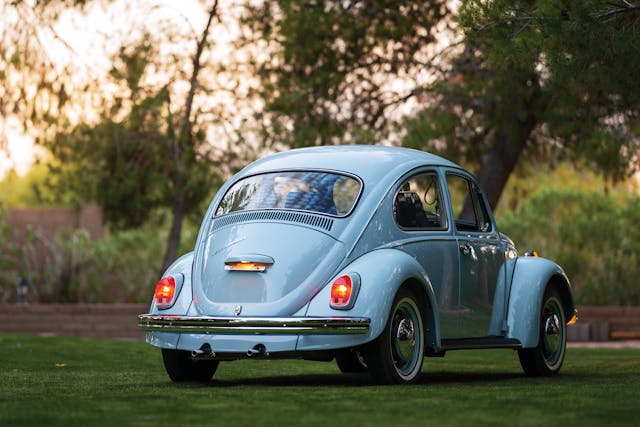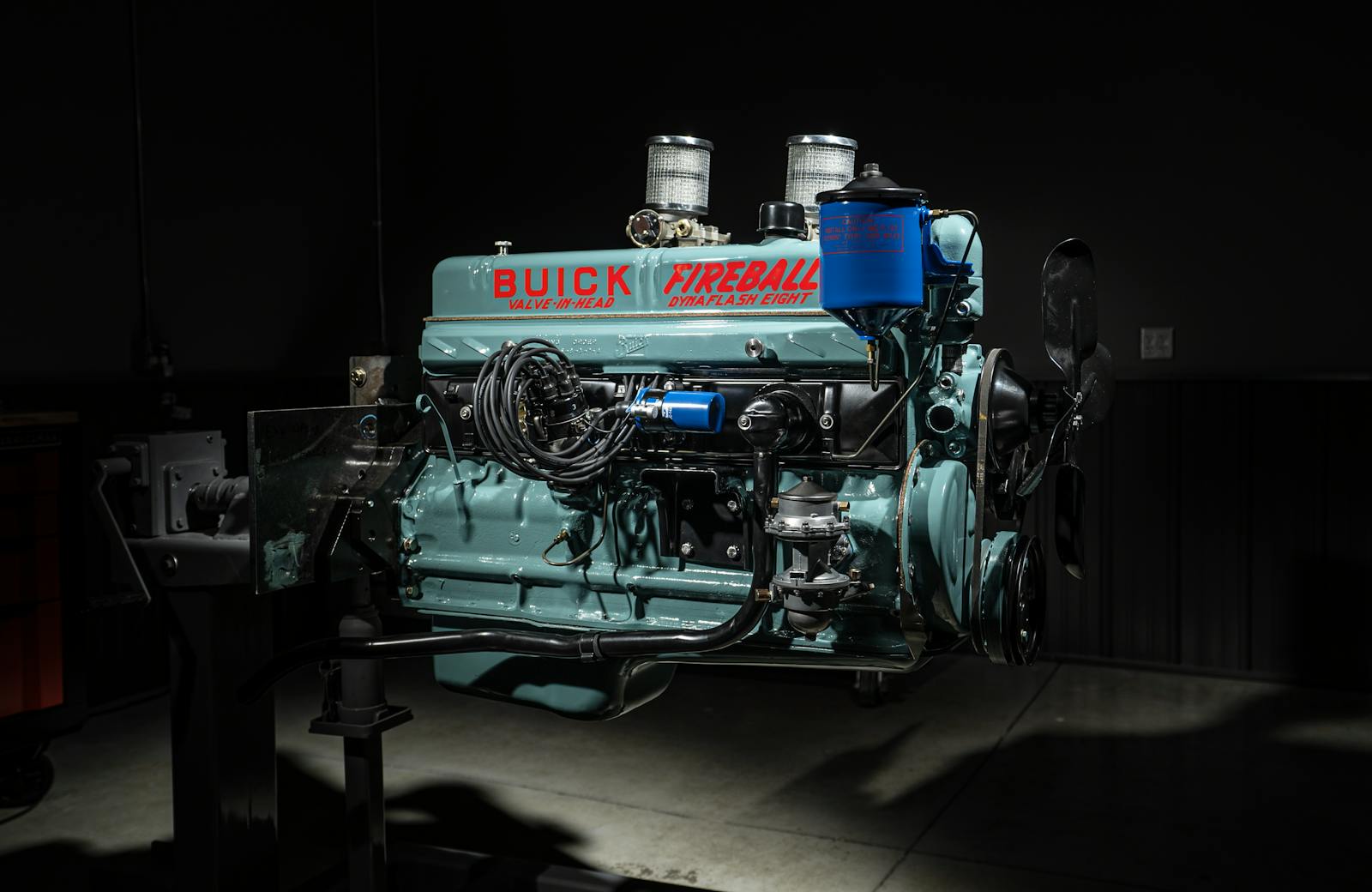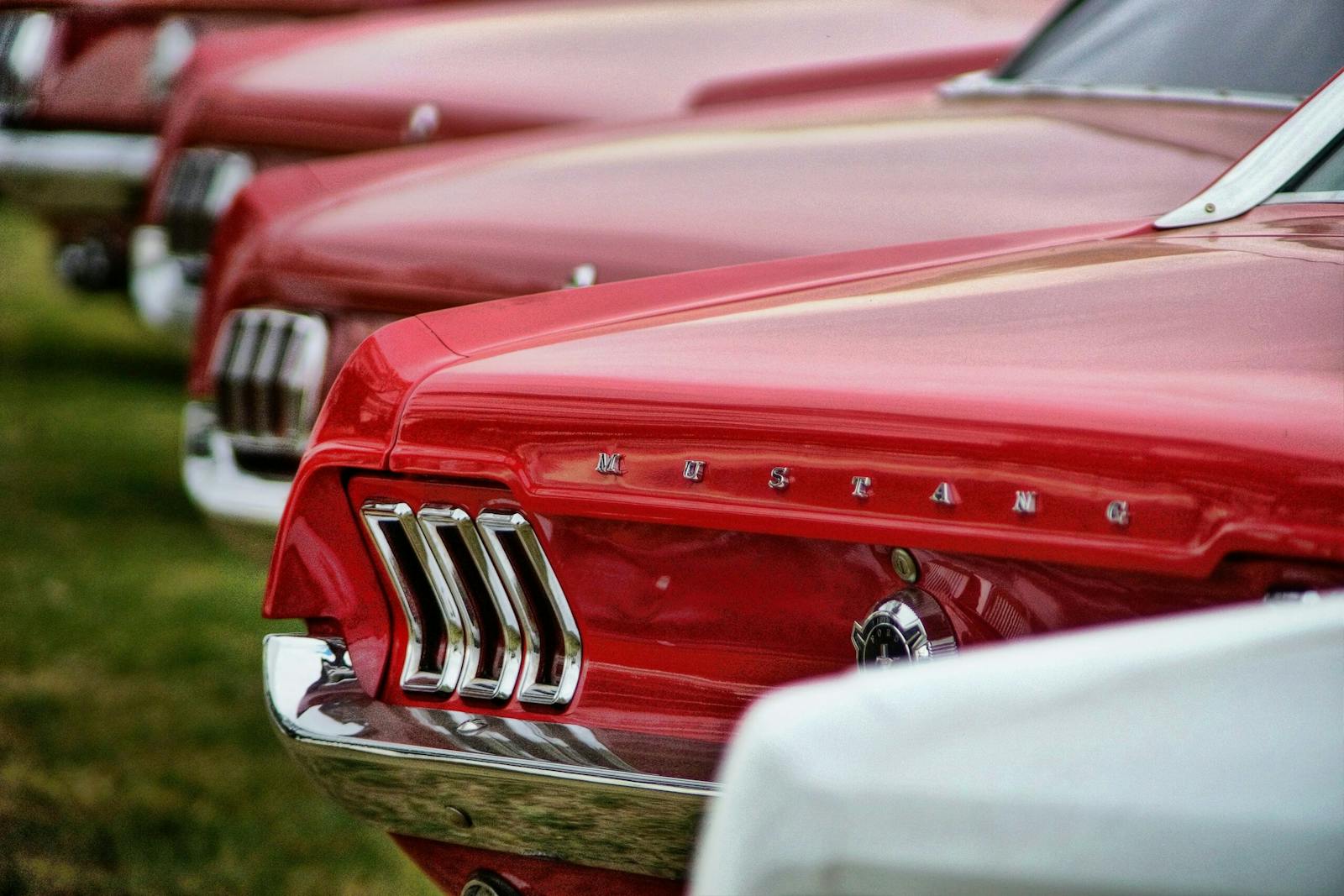Restoring these 5 classics might not put you in the red
To restore, or to buy one fresh off the rotisserie? Common sense and history dictates it’s almost always cheaper to purchase a gleaming, glammed-up completed restoration than it is to elevate a ratty example to the same level.
Resuscitating that old junker under the tarp is often a pockmarked path fraught with tripled budgets and drained bank accounts. For some cars, however, there is a considerable price disparity between the best of the best and, well, the rest. If you are savvy and select the right car to rejuvenate, the chance of the juice being worth the squeeze goes way up.
Valuation data from the latest update to the Hagerty Price Guide helps paint a picture. We’ve pored over the numbers and pulled out the five cars with the largest price delta between #3 (Good, or those we would consider “driver”) condition, and those in #1 (Concours) condition, which reflects flawless, best-in-the-world presentation. Think of this as a list of cars with the greatest cash cushion should you opt to put one under the knife—er, wrench.
A word of warning before you whip out the angle grinder and paint gun: The value difference between conditions for these cars is staggering, and some of that is the result of plastic-wrapped, time-capsules cars skewing the data. In other words, some tempering of expectations is necessary here; don’t expect even a fully restored, 100,000-mile example to pull in more than its twin with just 12 miles on the odo.

1986–1988 Mercedes-Benz 560SL
472 percent delta
Holy cow. With a stunning Condition #1 value of $119,000, it appears the R107-generation 560SL has returned to its association with the rich, powerful, and glamorous crowd, as it did in the 1980s when new. When these cars became used fodder, years later, the social status of the 560SL quickly fell into disrepute as it moved from Sunset Boulevard onto Buy Here, Pay Here lots. For a long, long while, you could nab the best R107 in the world for around $20,000.
Now, ultra-clean 560SLs are back in a big way, but there are still quite a few rusty, dusty examples within reach. Condition-#3 examples are on average sitting at $20,800, and Condition #4 (Fair) at a mere $8500. Much of this gap comes down to originality, condition, spec, and mileage. These are relatively expensive cars to restore, and part of the equation is that those owners that do return a tired 560SL to factory spec always run the risk of playing second fiddle against a preserved, low-mileage example.

1975–1978 Datsun 280Z 2+2
391 percent delta
This one is not so surprising. The 280Z 2+2 has been regarded as a bit of an ugly duckling in the collector car world; dyed-in-the-wool Z enthusiasts tend to skip the bigger, heavier 2+2 for the standard two-seat coupe, and the general enthusiast populace maintains relatively little love for this somewhat awkward sibling of one of history’s all-time great sports cars. As it stands, a Condition-#3 (Good) 280Z 2+2 trades for $10,300 against an average of $50,600 for one in Concours shape.
Compared to the two-seat 240Z and 280Z, not many owners kept their 2+2 on the road, let alone safe from corrosion or the crusher. Many of the surviving 2+2s are in driver condition at best, and returning to the earth at worst, as rust proves to be an old Z’s biggest nemesis.
This reality makes correctly restoring a vintage Z of any ilk a time-consuming and fairly costly process. Therein lies the secret to the 2+2’s insane value delta; as with the 560SL, the big(ish) money shoots for the preserved cars with low original miles and clean paint, leaving the driver condition cars and restoration projects to a braver (or simply more dedicated) enthusiast. Of course, there are only so many time capsules out there, so the effort may be worth it for those quirky, die-hard 2+2 fans.

1993 Ford Mustang 5.0 LX Convertible
375 percent delta
Fox-body Mustangs are on the rise, but this one has us scratching our helmet. That 375-percent difference applies specifically to the 1993 model year drop-top five-point-oh in LX trim, with Condition #3 claiming an average of $14,000 against a $66,500 Condition #1. Roll the calendar back just one year, and that headline percent increase drops to 308 percent. Still mighty impressive, but one model year accounts for a 67-point spread. So what’s the deal?
Survivorship might skew data again, but there’s something to be said for the inherent collectibility of a car that serves as the terminus of the beloved Fox-body generation. 1994 brought with it the swoopy, soapy SN95-generation Mustang, and preferences remain split among pony-car disciples.

1968–1975 Volkswagen Beetle
365 percent delta
Another case of survivor bias. Regarding the 1968–1975 Bug, there is no shortage of interested parties, regardless of condition, but it’s the clean, original cars that attract the most attention. An air-cooled Beetle is the great equalizer, and it remains one of the most affordable ways to slide into something classic without zapping your checking account into powder.
Restoration of any car is a pricey proposition, and the difference between a $62,300 in #1 Condition and one in #3 Condition costing $13,400 can be eaten up in pursuit of perfection. Beetle experts with the skills and willingness to tackle restoration of rougher cars on their own can avoid expensive labor fees, so they’ll make out the best. For everyone else, we’d stick with a hot-rod Beetle somewhere between Condition #2 and Condition #3 for the best chance of staying in the black.

1987–1992 Toyota Supra Mk III Turbo
350 percent delta
My, the difference one generational leap can make. Far away from the towering mounds of cash commanded by the Mk IV Supra Turbo (average value, $85,800), the Mk III Supra languishes in relative rejection (average value, $19,300). The wedge-like Mk III is heavier, slower, less powerful, and more unreliable than the 2JZ ballista to follow, so it suffers a similar curse as the 280Z 2+2. A lack of perfectly preserved examples buzzing around with little incentive to invest in restoration broadens the gap between the clean and the crusty.
Expect to fork over $19,300 for a Mk. III Turbo in Condition #3, and a mega $71,600 for a sparkly one in Condition #1.


